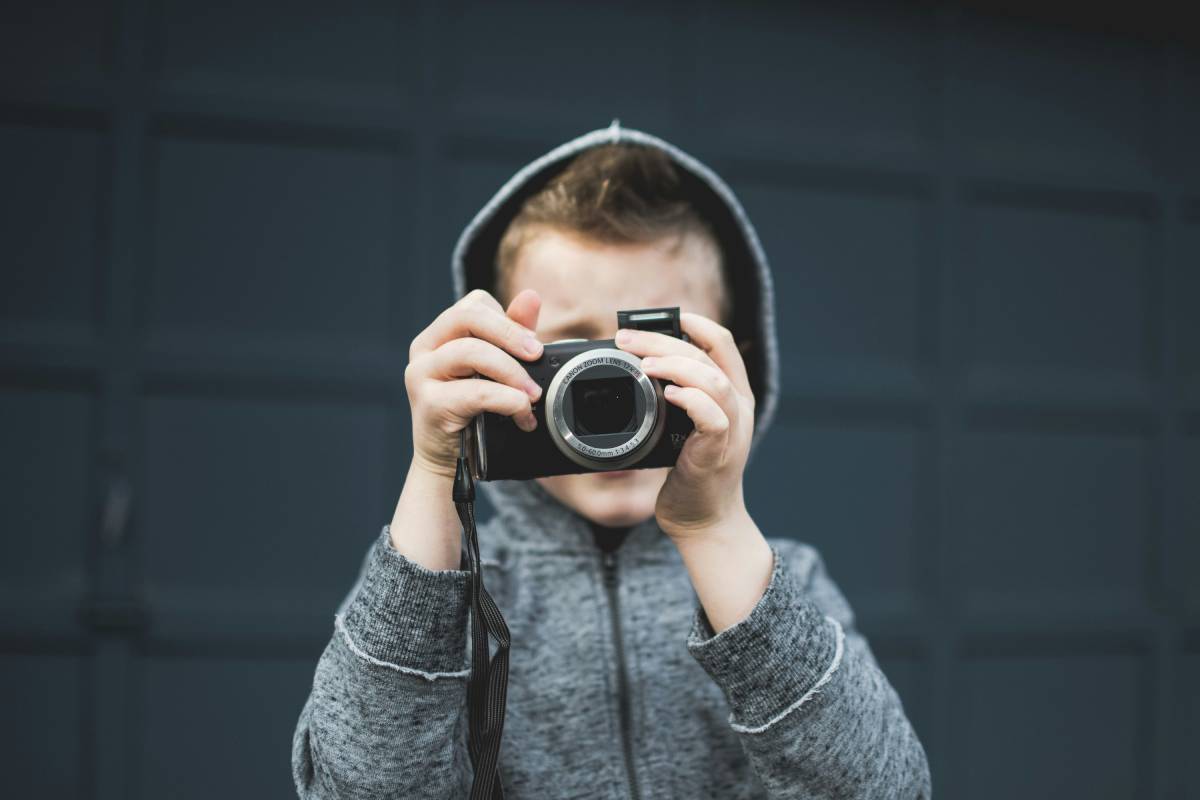
Guest article provided by: filmingforfamilies.com
In the realm of family dynamics, each child brings a unique set of strengths, challenges, and learning styles. For families with learning-challenged children, fostering meaningful connections and engagement is paramount. Enter family videography—a powerful tool that transcends traditional communication barriers and facilitates authentic connections. Let’s explore the pivotal role of family videography in engaging learning-challenged children and nurturing meaningful relationships within the family unit.
The Power of Visual Storytelling
Family videography serves as a dynamic medium for visual storytelling, allowing learning-challenged children to engage with the world around them in a way that resonates with their unique learning styles. Through the lens of a camera, children can explore, express, and communicate their thoughts, feelings, and experiences in a tangible and accessible format. Visual storytelling transcends language barriers and empowers children to share their perspectives, insights, and emotions with their families in a meaningful and profound way.
Family videography provides an avenue for learning-challenged children to immerse themselves in the creative process of storytelling, enabling them to exercise their imagination, problem-solving skills, and narrative abilities. As they conceptualize storylines, plan shots, and frame scenes, children develop critical thinking skills, spatial awareness, and attention to detail. Moreover, the iterative nature of videography encourages children to experiment, refine their ideas, and adapt their storytelling techniques based on feedback and reflection. Through this iterative process, children not only hone their technical skills but also cultivate resilience, adaptability, and perseverance, qualities that are essential for navigating challenges and embracing new opportunities in their personal and academic lives.
Enhancing Communication and Expression
For learning-challenged children who may face challenges in verbal communication or social interactions, family videography provides a safe and supportive platform for self-expression and communication. Whether through expressive gestures, facial expressions, or creative storytelling, children can convey their thoughts, emotions, and experiences in a non-verbal manner, fostering a deeper understanding and connection with their families.
Promoting Social Engagement and Interaction
Family videography encourages collaborative storytelling and shared experiences, promoting social engagement and interaction among family members. Through collaborative video projects, siblings, parents, and extended family members can come together to create meaningful narratives, share memories, and celebrate milestones in a collaborative and inclusive environment. This collaborative approach fosters a sense of belonging, teamwork, and camaraderie within the family unit, empowering learning-challenged children to actively participate and contribute to family dynamics.
In addition to fostering collaboration and teamwork, family videography also facilitates social interaction and communication skills development. Children learn to negotiate, compromise, and communicate effectively as they collaborate with family members to plan, film, and edit videos. Through meaningful interactions and shared experiences, children develop empathy, perspective-taking, and conflict resolution skills, enhancing their ability to navigate social relationships and build meaningful connections with others.
Fostering Creativity and Self-Expression
Videography offers learning-challenged children a creative outlet for self-expression, imagination, and exploration. From planning and scripting video projects to filming and editing footage, children can unleash their creativity, hone their storytelling skills, and experiment with different artistic techniques in a supportive and non-judgmental environment. Family videography celebrates the unique talents and abilities of each child, encouraging them to embrace their creativity and express themselves authentically.
Moreover, the creative process of videography encourages children to think outside the box, explore new ideas, and push the boundaries of their imagination. As they experiment with different camera angles, lighting techniques, and editing styles, children develop a keen eye for aesthetics, composition, and visual storytelling. Through trial and error, children learn to take risks, embrace challenges, and persevere in the pursuit of their creative vision. This sense of creativity empowers learning-challenged children to explore their interests, express their individuality, and find joy in the process of artistic creation.
Building Confidence and Self-Esteem
Through the process of creating and sharing family videos, learning-challenged children can experience a profound sense of accomplishment, validation, and pride in their creative endeavors. As they witness their ideas come to life on screen and receive positive feedback and encouragement from their families, children’s confidence and self-esteem soar, empowering them to embrace their strengths, overcome challenges, and pursue their passions with enthusiasm and determination.
Lastly, family videography provides learning-challenged children with tangible evidence of their growth, progress, and achievements over time. As they look back on their earlier videos and reflect on how far they’ve come, children gain a deeper appreciation for their abilities, resilience, and potential. This retrospective perspective instills a sense of pride and self-worth, motivating children to continue pushing themselves, setting new goals, and striving for excellence in all areas of their lives. As they develop confidence in their abilities, learning-challenged children become more willing to take on new challenges, explore new opportunities, and pursue their passions with courage and determination.
Conclusion
In conclusion, family videography plays a pivotal role in engaging learning-challenged children, fostering meaningful connections, and nurturing creativity and self-expression within the family unit. By harnessing the power of visual storytelling, collaborative engagement, and creative expression, families can create a supportive and inclusive environment where every child feels valued, heard, and celebrated for who they are. Through lights, camera, and connection, family videography transforms ordinary moments into extraordinary memories, enriching the lives of learning-challenged children and their families alike.
Image via Unsplash
